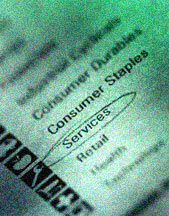 Last year I had the good fortune of doing some consulting with B&C Specialty Products in Hopeulikit, Georgia. B&C does light manufacturing, primarily plastic molding and assembly, and they also distribute imported products produced by companies in the Far East. They have about 150 employees and are by far the biggest employer in Hopeulikit.
Last year I had the good fortune of doing some consulting with B&C Specialty Products in Hopeulikit, Georgia. B&C does light manufacturing, primarily plastic molding and assembly, and they also distribute imported products produced by companies in the Far East. They have about 150 employees and are by far the biggest employer in Hopeulikit.
B&C was a perfect place to learn about managing and quality. Every day presented a new lesson. Usually the lessons were hard-learned, and those are the ones that really stick with you. B&C was gracious enough to allow me to interview their personnel about things that came up during my time there. Here is an interesting lesson: Don’t rely on traditional customer surveys. The scenario is described by the people who actually lived it.
—Kim Kimber, customer service supervisor
“I’ll be very relieved when the customer survey process is completed. It has been a massive project, much larger than I expected. I figured customer feedback was simply a matter of asking our customers what they thought about us and our products. It’s a lot more complicated than that, but the work will all be worthwhile in the end.
…
Add new comment